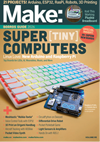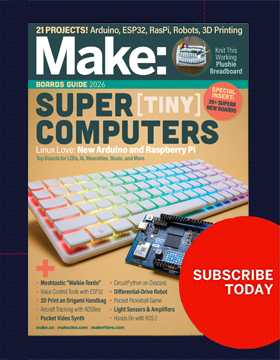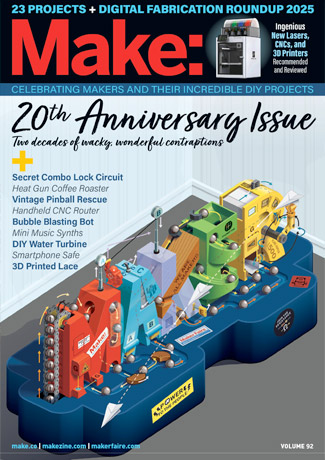
All this week we’re going to be looking at how the Internet of Things is changing the way we live at home and beyond. We’re looking at how the internet has moved out of the server room—off the desktop—and into our lives.
This movement of computing, a diffusion in both computing and sensors out into our environment, is going to fundamentally change the way we live our lives. But at least until recently it has been happening quietly, behind the scenes—and it’s not just the sensors in our cell phones—or things like network-enabled weather stations, or electricity monitors—but things like out cars.
The fact that the Tesla Model S has extensive data logging capabilities is pretty well known after the New York Times story, but what’s less well know is that it’s got a REST API with functionality to both monitor and control the car. But while Tesla is a leading indicator in the automotive market, they aren’t alone, some Ford models have similar capabilities.
“Cars are becoming mobile communication platforms… they are a great untapped opportunity” – Bill Ford
There’s now at least two companies selling wireless, biosensor enabled, baby pyjamas. We’re quantifying not just the world, but ourselves. We’re being flooded with data not just about our environment, but our own bodies. The amount of data the average person generates in a day is now orders of magnitude more than someone just fifty years ago did in their lifetime.
But we’re not just embedding sensors in the world, increasingly we’re making it controllable. Actuators as well as sensors. From lights, to locks, from locks to thermostats, from thermostats to anything. Anything that can be opened or closed, or turned on or off. Our world is now controllable. You can turn on your lights, or turn down the heat in your living room, from half a planet away from home.
These trends are only going to continue. In ten years’ time, every piece of clothing you own, every piece of jewellery you wear, and every thing you carry with you will be measuring, weighing and calculating your life. In ten years, the world—your world—will be full of sensors.
The problem? Our things might be becoming smarter, but they’re also becoming selfish. Your lightbulbs aren’t talking to your media centre, your media centre isn’t talking to your blinds, and nobody is talking to the thermostat. Instead of talking to each other, everything is talking to you.
The whole point of this technology is to reduce the friction in our lives. If making our light bulbs smart makes them harder to use, rather than easier—if it takes more thought to turn your lights on and off than walking to the walk switch—we haven’t succeeded
So what is the problem, what is the trouble with things? Each device manufacturer creates a separate application to talk to their thing, and there’s an app to talk to your thermostat, another to your lights, and another to your weather station. None of the things talk to one another.
Worse yet a lot of these things have proprietary APIs, undocumented APIs, sometimes even obfuscated APIs. There are even some notable cases where things claim to comply to standards, but don’t, whether through accident or design.
We claim to be building an Internet of things, but what we have isn’t an Internet of Things—it’s a series of islands—and if the things don’t talk to each other, the thing connecting all of our things isn’t the network, it’s us. We’ve become a Mechanical Turk inside other people’s software.
As a result we’ve reduced the Internet of Things to a series of remote controls—which is useful—but has made it so much less than it could have been. Because while there’s nothing wrong with remote controls, having a stack of remote controls, one for each smart thing we own, isn’t so good. Especially in a few years time when everything we own will be smart.
That situation can’t continue, we need to fix the Internet of Things. As our computing continues its diffusion out into the environment we need our things to work together. The things have to become not just smarter, but more co-operative, they need to become anticipatory rather than reactive.
In the last few years we’ve finally reached a point in the software design world where we’ve figured out that offering the user choice isn’t necessarily the best thing to do. That hasn’t quire sunk into the hardware world yet, not even the bits of the hardware world that build software wrapped in hardware.
More choice isn’t necessarily a good thing. Sometimes it can be a bad thing, it can be a confusing thing. The classic setting panel is starting to go away, because every control you add is a design decision you aren’t making. It’s a design decision you’re offloading onto your user, that they’re going to have to make every time they use your software—or your thing.
So how should the Internet of Things work? It should work like magic.
Not every choice needs to be presented to the user all the time. Not every option offered to them. It should be context sensitive, but not just that, it should be anticipatory, not reactive. We need to build systems, not things, so the systems can learn, adapt and over time do things for us that we would have to have done ourselves.
The trouble with things, isn’t the things, it’s the way we’re looking at them—it’s down to us. Because we’re still looking at everything one thing at a time.
The Internet of Things isn’t about the things. It’s about the internet.
ADVERTISEMENT






